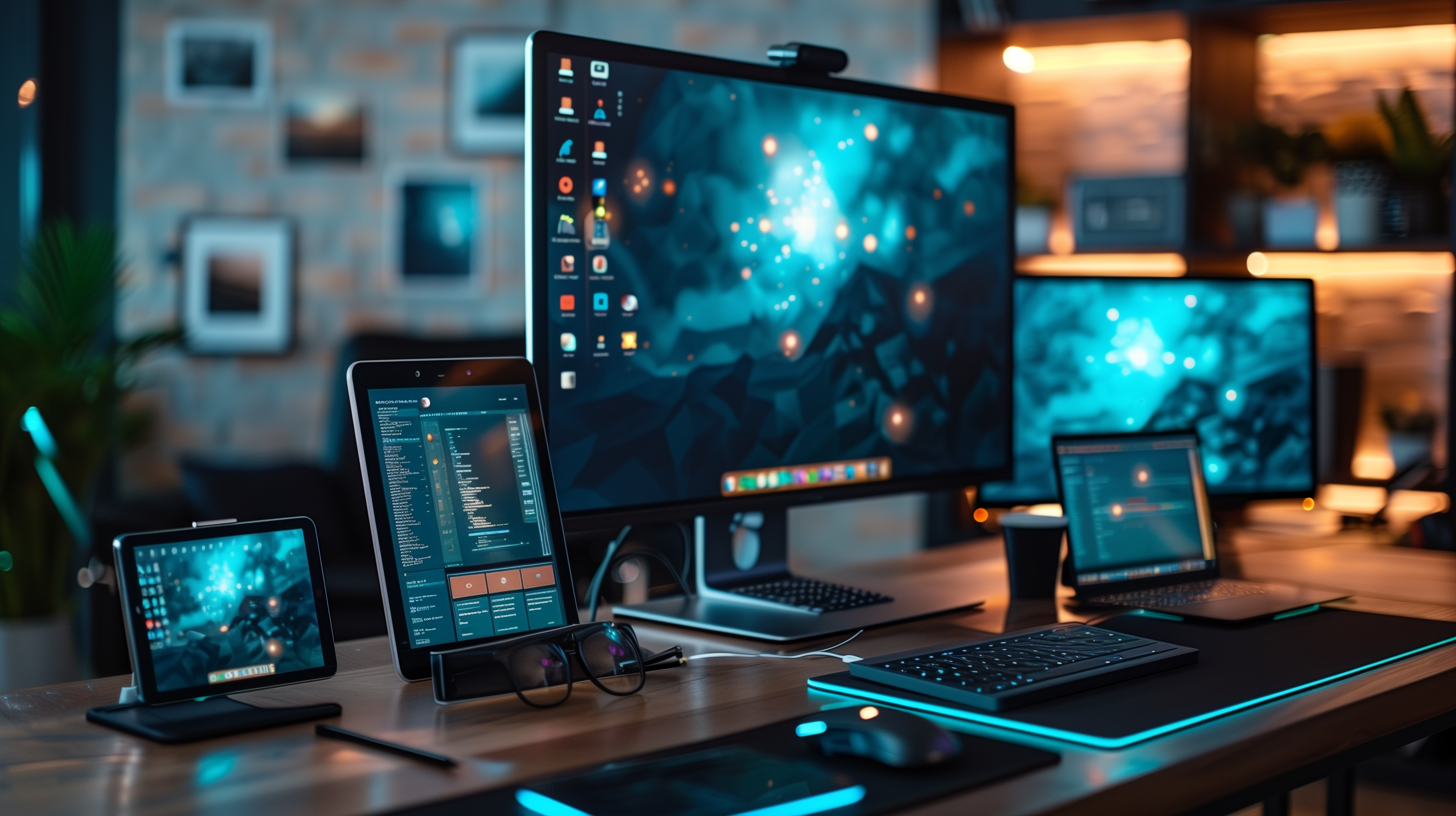1. Adaptive vs Responsive
Responsive resizes; **adaptive** respects posture (folded/flat, split screen), input modes (touch, pen, kb/mouse), and task density. It’s about intent, not just breakpoints.
Key takeaways:
- Posture & inputs
- Task density
- Layout intent
2. Container Queries & Sub-grid
Build components that respond to their own container size with container queries. Use sub-grid so nested layouts keep a consistent rhythm.
Key takeaways:
- cq-width
- Nested grids
- Auto-fit tracks
3. Multi-Pane Patterns
On large screens and foldables, adopt multi-pane navigation and resizable panels. Persist preferences so the app remembers the user’s layout.
Key takeaways:
- Split view
- Master-detail
- Drag/resize zones
4. Typography, Density & Flow
Use `clamp()` for fluid type/spacing. Keep 45–75 characters per line; extra width should add **columns** or **panes**, not stretch a paragraph to the horizon.
Key takeaways:
- clamp() scales
- Readable line length
- Tokenized spacing
5. QA Matrix & Edge Cases
Test split view on foldables, RTL languages, and browser zoom at 125–150%. These are where overflow and clipping bugs appear.
Key takeaways:
- Split-screen
- RTL
- Zoom 125–150%
6. Implementation Checklist
Account for safe-area insets, adjust hit targets for touch vs mouse, and expose keyboard shortcuts where appropriate. Adaptive design is empathy at layout scale.
Key takeaways:
- Input-mode queries
- Safe areas
- Hit targets
